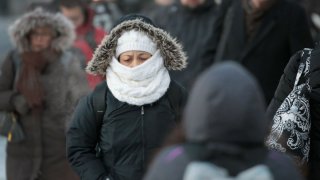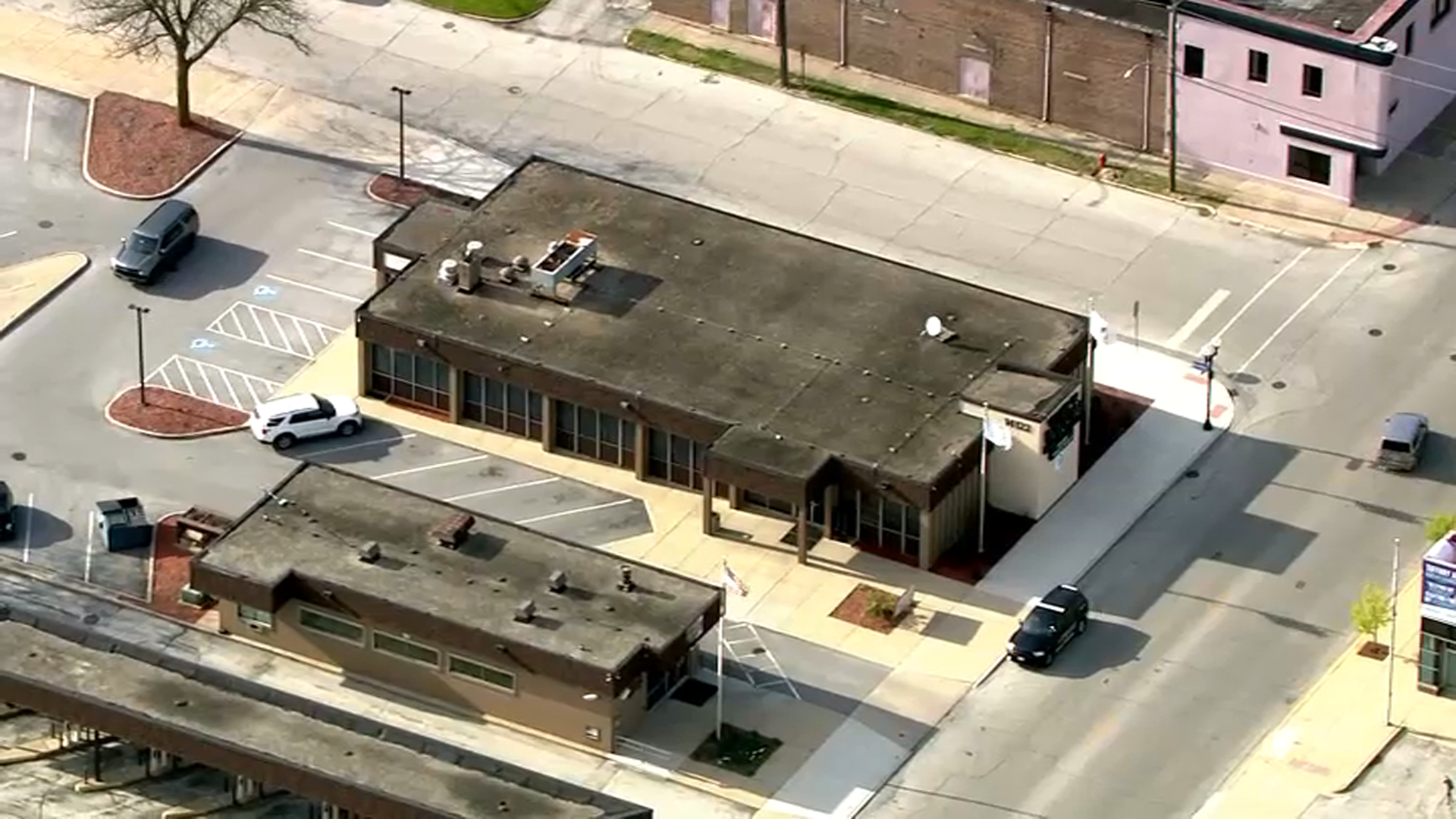
While a cold spell sweeps through the Chicago area this weekend, it could be pivotal to know the difference between frostbite and hypothermia.
The Centers for Disease Control and Prevention explained that an individual is typically unaware of frostbite as frozen tissue is generally numb. Hypothermia, according to health officials, often occurs at very cold temperatures if a person is wet then chilled.
The CDC noted that hypothermia can also occur in temperatures above 40 degrees if the person is wet from rain, sweat or cold water and becomes chilled.
According to officials, frostbite could set in on exposed skin in as little as 15 minutes with the face, ears, hands and feet most commonly impacted.
Frostbitten skin is whitish and stiff, and tends to feel numb, a release said. According to the CDC, exposed skin may also become painful.
The CDC warned that skin may become grayish or yellow, feeling unusually firm or waxy, if frostbitten.
Hypothermia is caused by a drop in body temperature to 95 degrees or less, which can become deadly, officials said.
Local
Signs of hypothermia include shivering, exhaustion, confusion, fumbling hands, memory loss, slurred speech, drowsiness, weak pulse and slow heartbeat, according to the CDC. Health officials said infants could produce bright red, cold skin and have very low energy.
People most at risk of frostbite and hypothermia, according to the CDC, are older adults without proper food, clothing and heating; people who stay outdoors for long period of time; people who drink alcohol in excess or use illicit drugs; and babies sleeping in cold rooms.
In order to treat frostbite and hypothermia, the CDC advised to warm the affected part of the body gradually under layers of blankets and clothing while working to seek medical attention.
Health officials warned to not use a heating pad, electric blanket, fireplace, heat lamp, radiator or stove for warming. Rather, the CDC recommended to place frostbitten areas in "warm-to-touch" water.
"Wrap the frostbitten area in blankets, sweaters, coats, etc. and seek medical attention immediately," a release said.
Any wet clothing should also be removed as soon as possible once inside a warm room or shelter, officials said.
Officials warned to not rub frostbitten areas of the skin because the friction can damage the tissue.
State officials warned that the expected low temperatures could be the coldest conditions the area has experienced since the polar vortex occurred in January 2019.
Travel should be limited, officials said, but to call ahead of time to destinations if travel is necessary, such as to receive a coronavirus vaccination or test.
Though officials advised people in the Chicago area stay indoors during the cold, these are some ways to keep warm should residents need to go outside, according to a release:
- Wear several layers of lightweight clothing rather than one or two heavy garments because the air between the layers of clothing acts as an insulation
- Cover your head because you lose nearly 50% of body heat through the head
- Wear mittens rather than fingered gloves
- Wear leg coverings and heavy socks or two pairs of lightweight socks
- Wear waterproof boots or sturdy shoes for maximum traction
- Cover your ears and lower part of your face as these areas or more prone to frostbite
- Cover your mouth with a scarf to protect the lungs from directly inhaling extremely cold air
The artic cold temperatures hitting the Chicago area aren't going to let up anytime soon, and could become the longest stretch of such February temperatures the city has ever seen.
The first taste of bitter temps begins Friday, with highs in the teens for most locations. Wind gusts of to 35 mph will keep wind chill readings below zero, however.
Dangerously cold conditions are set to arrive for the weekend, marking the coldest air of the season so far.
Highs Saturday are set to only reach between 8 and 12 degrees with wind chill readings well below zero. Overnight lows are expected to drop near zero, with wind chill readings between -10 and -20 degrees.
Sunday will be equally as cold, with highs in the single digits and wind chills well below zero.
Overnight lows range from 0 to 5 degrees below zero, with locations closer to the lake likely staying above 0, and wind chills between -5and -15 degrees.
The bitter blast is set to continue at least through the first part of the work week.
According to NBC 5 Storm Team meteorologists, current forecasts show the area staying at 18 degrees or below for nine straight days. The last time that happened for such a long stretch was in February 2007, data shows.
If the temps hold for 10 straight days, it would be the first time on record O'Hare Airport recorded 10 straight days of such temps in February.
Should it continue for 12 straight days, it would tie for the longest very cold stretch since 1958.



